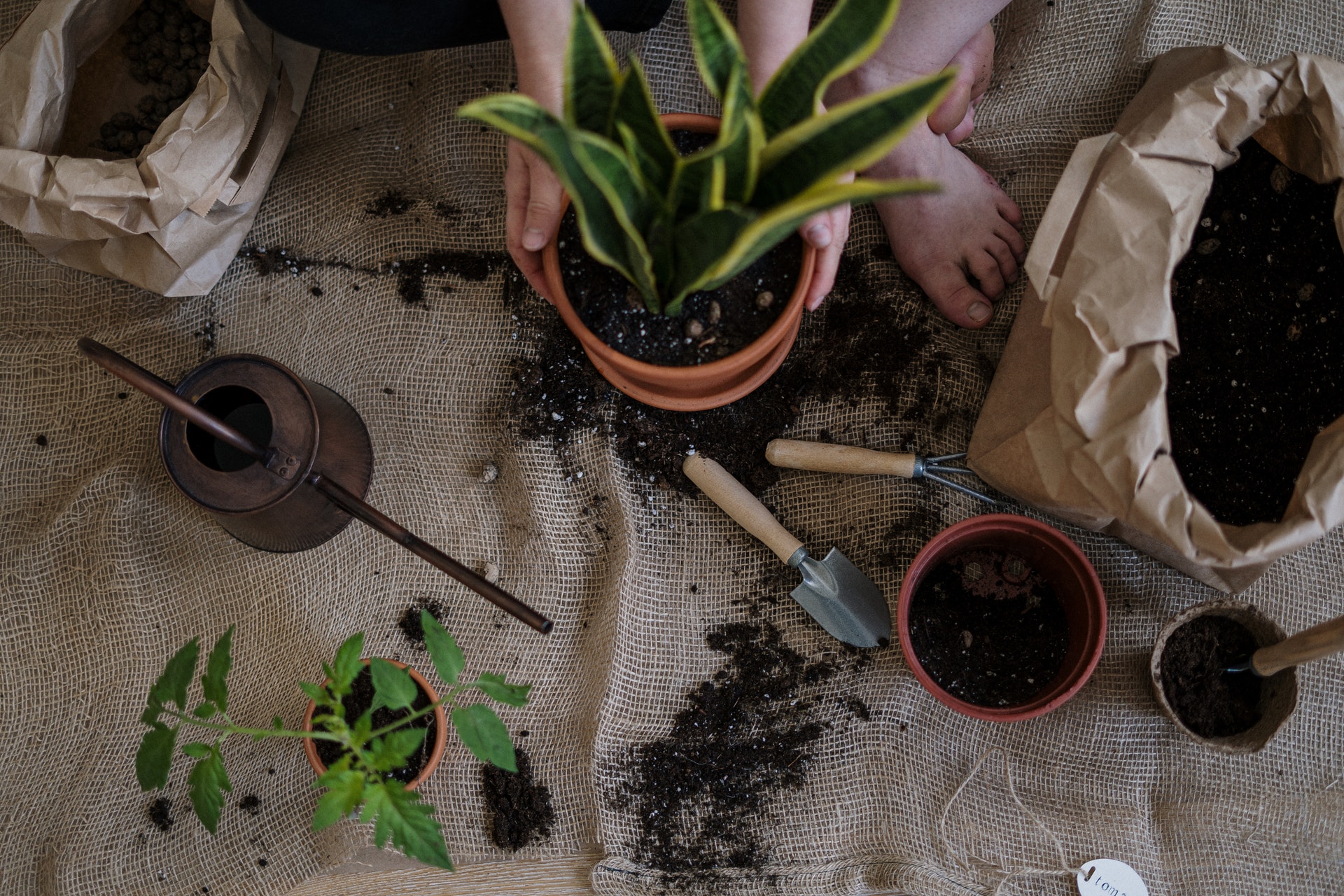You have spent months, or maybe even years cultivating your beautiful outdoor garden. However, moving to a new home, either across the corner or across the ocean, does not mean that you have to leave everything behind. Luckily, with a little bit of planning and preparation, you will be able to relocate your beautiful garden plants to your new address and make sure they thrive there in no time. We are here to help you out with that - we prepared some of the most helpful tips on moving garden plants to your new home. So, if this is something that interests you, keep on reading.
Take the Weather Into Consideration
One of the most important gardening tips we can give you not only when moving plants but also when uprooting them, is to take weather into consideration. Exposed roots are extremely vulnerable - especially when it comes to cold and heat. Thus, if possible, that is, if you can choose the date of your move, choose either a spring or autumn month! Months in these two seasons have the most favorable weather conditions for uprooting and moving garden plants.
Hydrate the Plants Before Uprooting
When uprooting and moving garden plants to your new home, they go through a lot of stress. And, when they are not hydrated, the stress level is even higher. Thus, do your plants a favor and hydrate them before uprooting and moving. Do this a couple of days before uprooting and then, let them rest for a couple more. Moreover, make sure your plants are also watered before the actual process of transportation too. It would be best to water them just before the promoversmiami.com movers come to load them into the moving truck.
Trim the Plants
Trimming plants helps them preserve energy. And, during the process of relocation to your new home, energy is what they will need the most. As you already take care of your garden plants, you know how easy this is. But, of course, it does not hurt to mention one more time - all you have to do is trim all the excess steams and dead leaves. This way, your plant will stay healthy and save much-needed energy.
Uproot Carefully
And now comes the hard part - uprooting your garden plants. To do this, you first need to water your plants (yes, again). Then you need to use a trowel and dig a circle around your plant. Make sure that that circle is wide enough so that you do not cut any roots. And, once you pull your plant from the ground (with enough soil still attached to it), wrap the root and that soil in a damp burlap sack. Your garden plants can 'live' like this for days, some even for weeks. Thus, do not worry even if you cannot root them as soon as you move in. You will have enough time to focus on moving in and fixing the home that needs a lot of work so that you can settle in properly. Once you do that, deal with rooting back the plants.
Relocate the Plants Properly
Okay, uprooting was not the only hard part of moving your plants. In order for the plants to make it to your new home in the same condition, you have to make sure to relocate them properly. This means knowing in what to put them, how to place them in the moving truck, etc. Our advice, just as previously mentioned, is to first put them in a damp burlap sack and them into some kind of plastic container. Make sure the plant is not too close to other cardboard boxes as its dampness may ruin some of your other items. Moreover, make sure the plant is attached to something in the truck so that it doesn’t move around on every turn.
You already know that plants are very fragile - ,so, if you think that you cannot relocate them yourself (without hurting them), consider hiring a relocation company. Many relocation companies specialize in moving plants and they know all the tips and tricks on how to ensure your plants arrive in one piece on your new address.
Replant as Soon as Possible
However, just because your plants can 'live' in a burlap sack for days even weeks, does not mean that you should let them do so. For them, this will not be living - it will be barely surviving. Thus, make sure to replant them as soon as you get the chance. But, even before you start refreshing and revamping your plants, have a plan in mind. Think where exactly will you plant them again in your new home. Once you decide on the spot, dig holes in the ground and water them heavily. You can begin replanting after a couple of hours.
Reduce Stress on Your Plants
Unfortunately, some of your garden plants may not make it, that is, they may not survive the relocation to your new home: Some may wilt, some may get damaged in the truck, and some may even stress out and die. Yes, the last thing is very much possible. Plants can stress out when you put them in new soil, soil that they do not find suitable. Thus, before you root them, check the condition on the soil in your new yard. Moreover, be careful of where you root your garden plants – it should be somewhere away from direct sunlight and somewhere hidden from the wind. Only when they come back to life completely should you place them wherever you want and need them.
